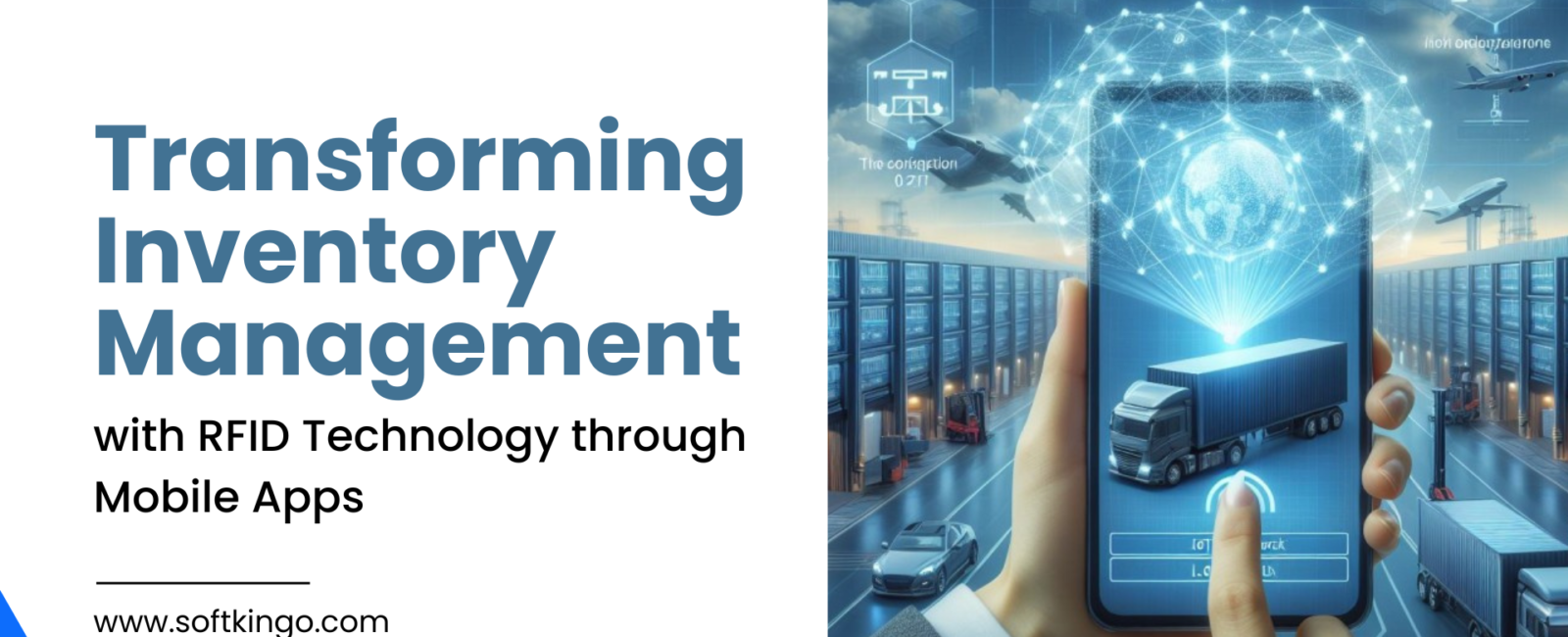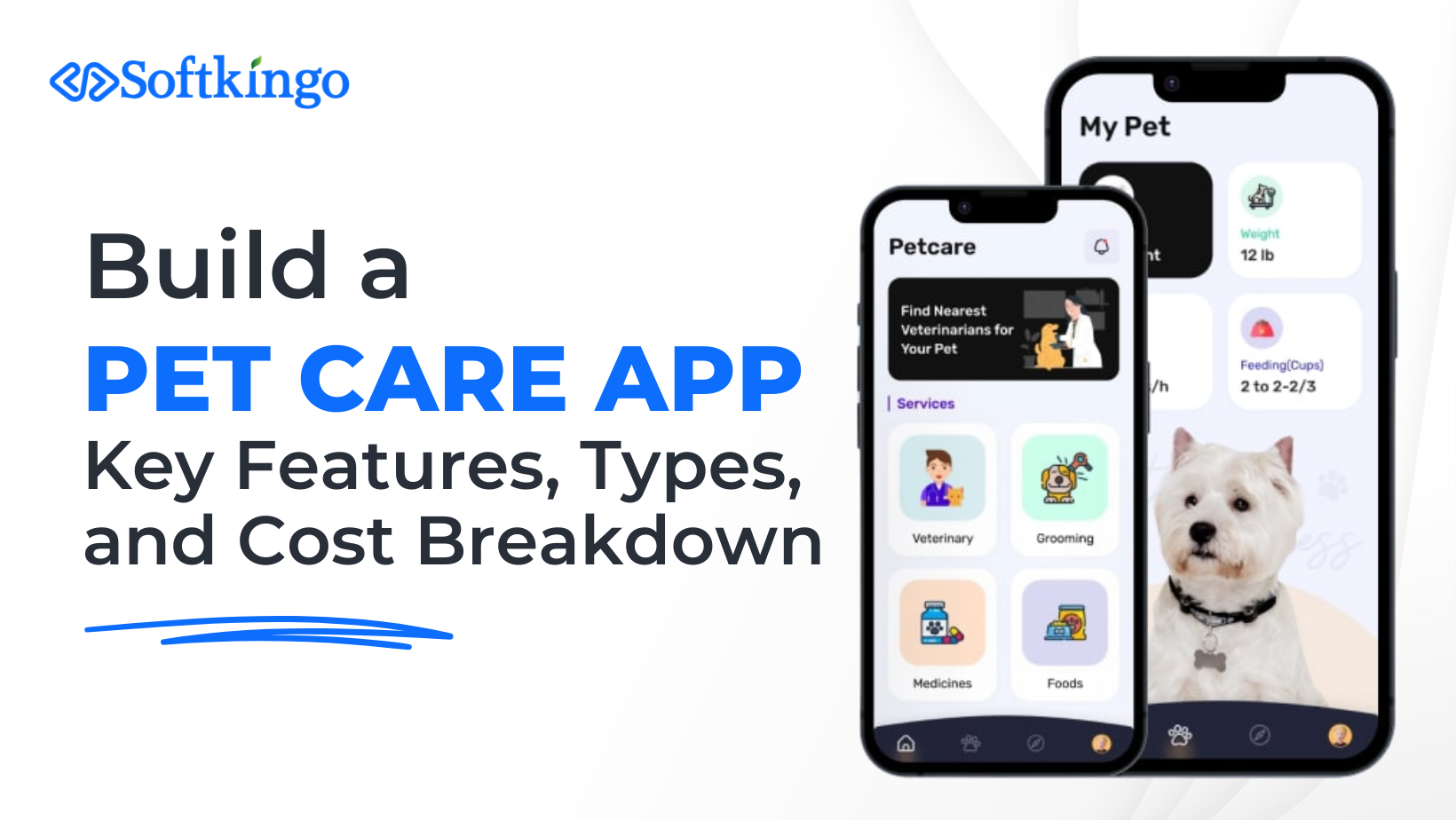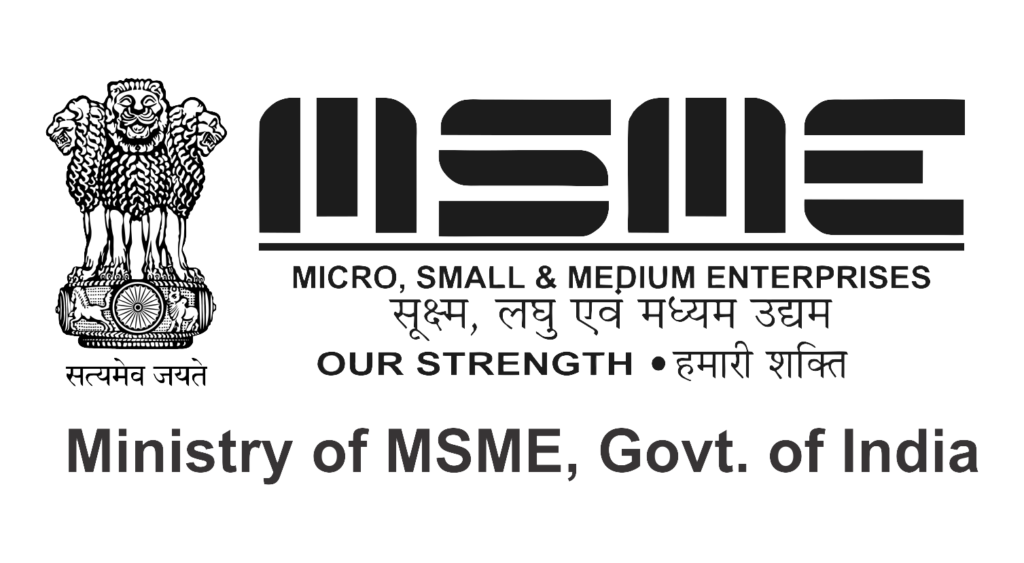Transforming Inventory Management with RFID Technology through Mobile Apps
Efficient inventory management is vital for businesses to maintain smooth operations and profitability. As supply chains grow increasingly complex, companies are seeking more effective solutions to keep track of their stock, improve accuracy, and minimize human error. One technology that has revolutionized this process is RFID (Radio Frequency Identification). When combined with mobile apps, RFID provides businesses with a powerful tool to streamline inventory management, offering real-time visibility, automation, and control at the touch of a button.
In this blog, we explore the key aspects of RFID technology, its role in inventory management, and how mobile apps enhance the system, making it a game-changer for businesses across various sectors.
Understanding RFID Technology
RFID is a wireless technology that uses electromagnetic fields to transfer data from an RFID tag to a reader, allowing objects to be identified and tracked automatically. RFID systems consist of three main components:
- RFID Tags: These small devices contain a microchip and an antenna. The microchip stores data about the object to which the tag is attached, and the antenna enables the tag to communicate with an RFID reader.
- RFID Readers: These devices emit radio signals to power the passive RFID tags and collect data from them. Active RFID tags have their own power source, allowing them to transmit signals over longer distances.
- Backend System: The RFID reader sends the collected data to a backend system (usually cloud-based or on-premise software) for analysis, reporting, and further processing.
The RFID system operates at different frequency ranges, each suited for specific use cases:
- Low Frequency (LF): Used for short-range applications, like access control.
- High Frequency (HF): Common in contactless payments and identification systems.
- Ultra-High Frequency (UHF): Widely used in inventory management, as it allows for longer range and faster data transmission, making it suitable for tracking large numbers of items.

RFID in Inventory Management: How It Works
Inventory management using RFID is far more efficient than traditional barcode-based systems. RFID eliminates the need for manual scanning and allows businesses to track multiple items simultaneously without line-of-sight.
Here’s how RFID transforms inventory management:
- Real-Time Tracking: RFID provides real-time visibility into stock levels, locations, and movements. This enables businesses to track items throughout their entire journey in the supply chain—be it in a warehouse, retail store, or shipping vehicle.
- Increased Accuracy: RFID significantly reduces the risk of human error. Inventory data is automatically captured and stored, which means fewer mistakes in counting and categorizing stock. This leads to better decision-making based on accurate data.
- Automation: RFID allows for the automation of repetitive tasks like stock counting, product location identification, and reordering when stock is low. This not only reduces the manual labor involved but also ensures that businesses maintain optimal stock levels at all times.
- Enhanced Security: RFID tags can help prevent theft and misplacement by providing precise data about where each item is located. In industries like retail or healthcare, where asset tracking is crucial, this can result in significant cost savings.
Benefits of Integrating Mobile Apps with RFID
While RFID offers powerful inventory management capabilities on its own, its true potential is unlocked when integrated with mobile applications. Mobile apps enable on-the-go access to inventory data and allow staff to interact with the system in real-time from any location.
Here’s how mobile apps enhance RFID-based inventory management:
- Remote Access and Monitoring: Mobile apps provide inventory managers with the ability to access real-time data remotely. Whether you’re in the office or in a different warehouse, a mobile app lets you monitor stock levels, product locations, and inventory turnover in real-time.
- Mobile Scanning: With mobile apps, employees can use their smartphones or tablets equipped with RFID readers to scan items as they receive, move, or ship them. This simplifies the scanning process and makes it more convenient than using dedicated handheld scanners.
- Instant Alerts and Notifications: Mobile apps can be configured to send instant notifications to managers and staff when certain inventory thresholds are reached or when stock discrepancies are detected. This proactive approach ensures quick responses to inventory issues, helping to avoid stockouts or overstocking.
- Reporting and Analytics: Mobile apps allow users to generate detailed reports and analytics directly from their devices. Business owners can access insights about stock performance, turnover rates, and reorder points, enabling data-driven decisions to optimize inventory levels and reduce waste.
- Seamless Integration with Existing Systems: Many RFID-based mobile apps are designed to integrate with existing ERP (Enterprise Resource Planning), CRM (Customer Relationship Management), or WMS (Warehouse Management Systems). This provides businesses with a unified solution where all inventory, sales, and operational data is synchronized, offering a holistic view of business operations.
Use Cases of RFID and Mobile Apps in Inventory Management
Several industries have embraced RFID and mobile apps to optimize their inventory management processes. Here are a few examples:
- Retail: Large retail stores use RFID to track inventory across multiple locations, ensuring shelves are always stocked with the right products. By integrating mobile apps, store associates can quickly locate products, manage stock replenishments, and improve customer service.
- Healthcare: Hospitals and clinics use RFID to manage medical equipment, track supplies, and monitor pharmaceutical inventory. Mobile apps enable healthcare staff to quickly locate critical equipment, manage restocking, and track the usage of medical supplies in real-time.
- Manufacturing: RFID helps manufacturers track raw materials, components, and finished products across the production floor and warehouses. With mobile apps, production managers can monitor inventory levels, order supplies, and maintain accurate stock records—all from their mobile devices.
- Logistics: In warehouses and distribution centers, RFID is used to track incoming and outgoing shipments, optimize storage, and reduce the time it takes to process orders. Mobile apps offer real-time updates on shipment statuses and help streamline the entire logistics process.
Key Considerations for Implementing RFID with Mobile Apps
Before implementing RFID technology with mobile apps, businesses should consider the following:
- Cost of Implementation: While RFID systems can offer significant long-term benefits, the upfront costs of RFID tags, readers, and software can be high. However, the return on investment (ROI) usually justifies the initial expenses through labor savings, improved accuracy, and better inventory control.
- Tag Selection: Different RFID tags serve different purposes. It’s important to choose tags that are appropriate for your environment (e.g., metal surfaces, high temperatures) and use cases (e.g., active vs. passive tags).
- Mobile App Compatibility: Ensure that the mobile app chosen is compatible with your RFID system and integrates with existing enterprise systems like ERP or WMS for seamless data flow.
- Staff Training: Employees need to be properly trained on how to use RFID systems and the associated mobile apps to ensure smooth operations and avoid mistakes during scanning or data entry.
Conclusion
The integration of RFID technology with mobile apps is transforming how businesses manage their inventory. By offering real-time data, increased accuracy, and automation, RFID systems help businesses maintain optimal stock levels, reduce human error, and streamline operations. When combined with mobile apps, businesses gain even greater flexibility, allowing for remote monitoring, mobile scanning, and instant alerts.
As industries across retail, healthcare, manufacturing, and logistics continue to adopt RFID technology and mobile solutions, inventory management will become more efficient, data-driven, and connected than ever before.
Paramhans Singh is the Director of Operations at Softkingo Technologies, bringing over 8 years of experience in delivering custom software solutions that help startups and enterprises achieve their business goals. He has successfully validated more than 220 app and website ideas and delivered over 100 tailored solutions, utilizing a range of technologies such as Swift, Kotlin, React Native, Flutter, PHP, RoR, IoT, AI, NFC, AR/VR, Blockchain, and NFTs.




















